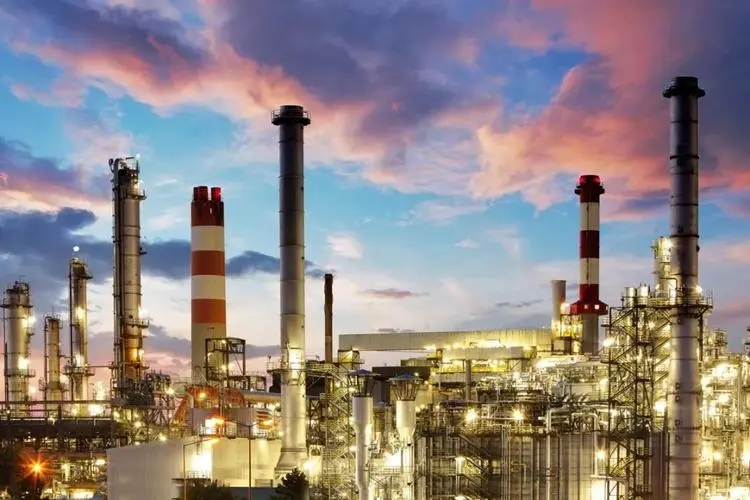TOCOM Energy
JPX Energy Market Updates (May 9. 2022)
In this video, I am going to share a brief introduction of global natural gas market tradepricing and JPX LNG futures contract.
Natural gas is one of the mainstays of global energy. It’s produced from a subsurface reservoir contains a majority of methane. It plays many different roles in the energy sector including heating, cooking and industrial applications. Over the last 20 years, the share of gas in the global energy mix has increased, while the share for oil has decreased.
When it comes to greenhouse gas emissions, natural gas has a significant advantage over coal, emitting about half the CO2. Coal-to-gas switching is an effective immediate measure for cleaner development.
Natural gas is also frequently cited as a driver of the energy transition because of its central role in the production and transport of hydrogen and this makes it an attractive option for stabilizing the path to renewables while reducing carbon emissions both in the short and medium term.Natural gas tend to trade locally or regionally by pipeline, not as globally as for oil. The remaining portion of the natural gas trade is by shipborne Liquefied Natural Gas or LNG.
LNG results from cooling natural gas to -162 ºC. The cooling process shrinks the volume of the gas by 600 times. After arriving at the destination, LNG returns to its gaseous phase by regasification facility and delivered to natural gas customers
through local pipelines. Today, LNG already accounts for over 51% of total gas supply, and this share is predicted to increase.
Global LNG trade witness a small increase of 1.4 MT in 2020 versus 2019, it was one of the few commodities that showed growth. This was mostly supported by increased exports from the USA and Australia, while Asia Pacific again imported the most volumes, together accounting for more than 70% of global LNG imports. China was the largest spot LNG market in 2020, closely followed by Japan, with India in third place. It is estimated that the Asia-Pacific region will continues to experience strong demand growth, over 80% of the growth in global gas trade to 2040 comes in the form of LNG, with the majority making its way to Asia.
As indicated by the often considerable divergence of prices, natural gas has distinct regional markets across the globe. The divergence of regional market prices is also result of the presence of different pricing systems in conjunction with market circumstances that are accentuating pricing system differences and a limited market access for arbitrage.
There are various pricing mechanism in the natural gas market, two basic market pricing systems that are commonly used for international trade of natural gas are oil indexed pricing and gas on gas based pricing. Under gas on gas pricing, the price of natural gas is indexed to competitively determined gas market spot prices. Under oil indexation, the price of natural gas is determined from oil spot prices.
NYMEX Henry Hub North American Gas Price Index, the ICE Dutch TTF Gas Price Index are the benchmarks of US and Europe respectively. According to the IGU Wholesale Gas Price Survey, the trend towards gas-on-gas competition in the global gas markets, continued in 2020. The rise in GOG was largely driven by a significant shift in LNG imports to GOG and away from OPE. The total GOG share of LNG imports in 2016 was 25% and in 2020 that had risen to 44%. Spot LNG cargoes are heavily concentrated in the Asian markets. This It also provides a basis for a more transparent futures benchmark in Asian markets.
JKM is the Northeast Asian spot price index for LNG delivered ex-ship to Japan and Korea, assessed by Platts. The price reflects not only the cargo delivered to Japan and Korea, but also the cargo delivered to China. Rising liquidity for the JKM indicators has supported the movement to start using it as a benchmark in both spot and long-term contract pricing, including in some U.S. LNG supply contracts as well.
Gas storage levels both in Europe and the United States stood well below their five-year average levels at the end of last heating season, indicating strong restocking needs in the forthcoming gas summer.
This in turn necessitates higher LNG imports in order to ensure the filling of European underground storage sites. Higher LNG import needs in Europe are putting pressure on an already tight global LNG market balance this year. With increasing price volatility comes a growing need for financial risk management. The liquidity in financial derivative contracts for gas-linked prices has been steadily increasing.
JPX LNG future contract is cash-settled contract which uses Average of the assessed Platts JKM prices during the period from 16th of the two month prior to the contract month to 15th of the prior month of the contract month as the final settlement price. Similar to the OTC swap contract, but provides a more convenient hedging method for the majority of investors. For more details about the contract, please refer to the official JPX website.






